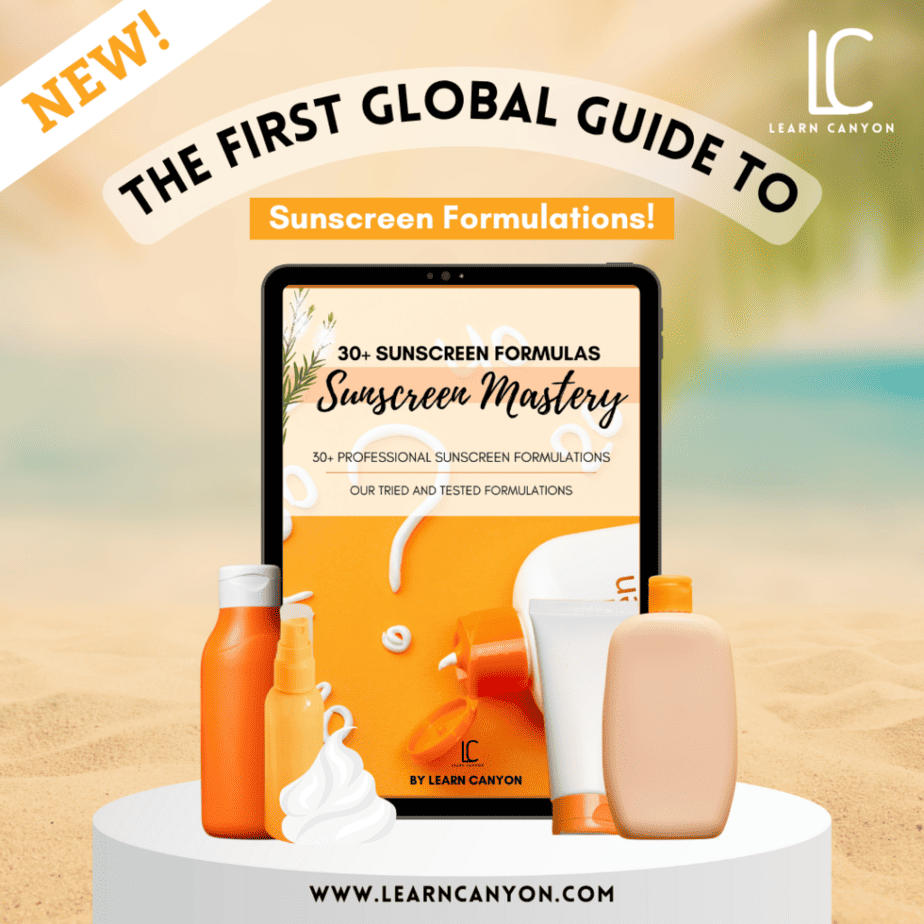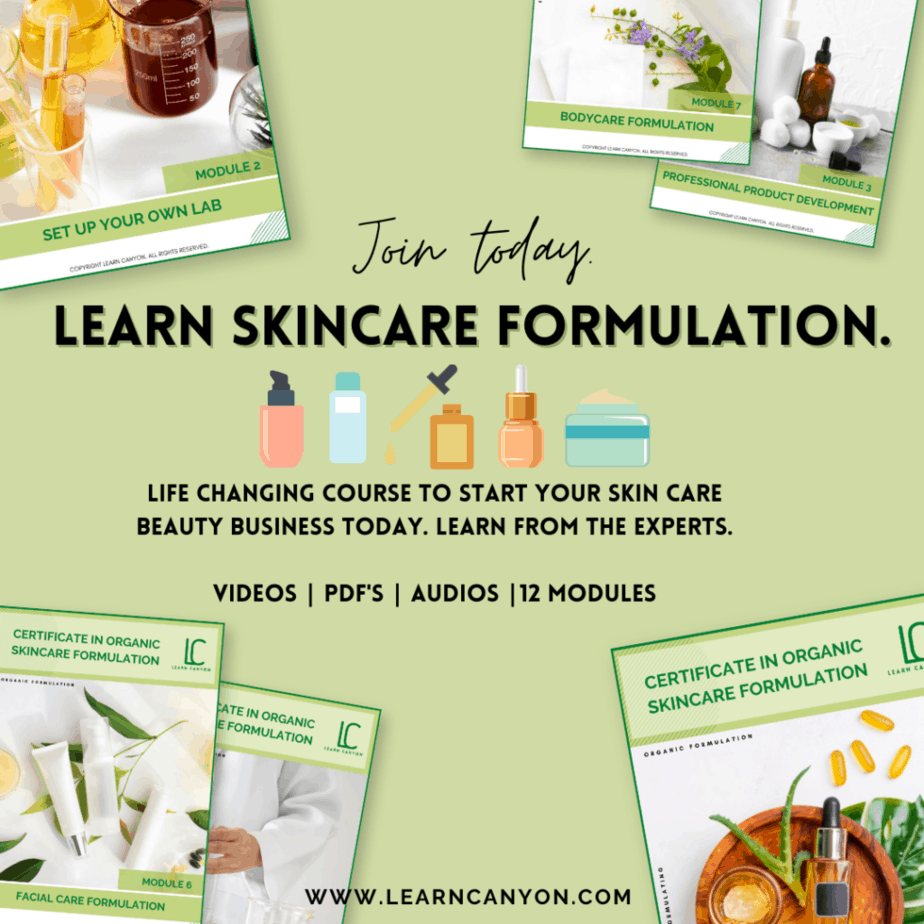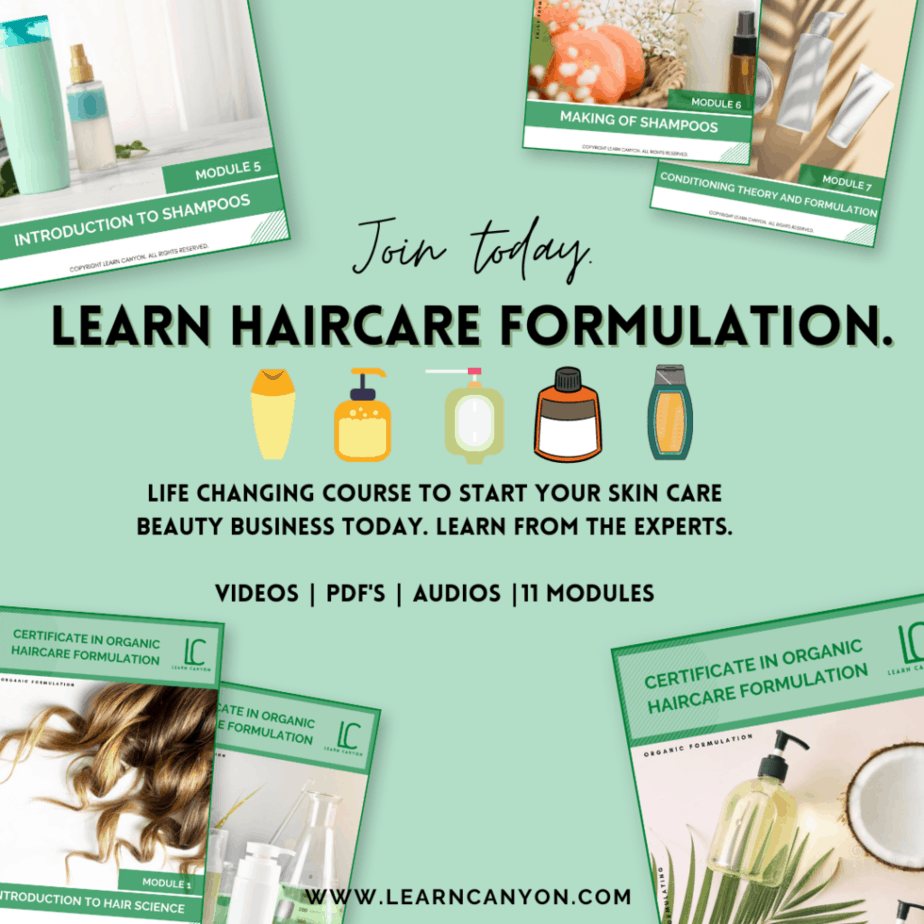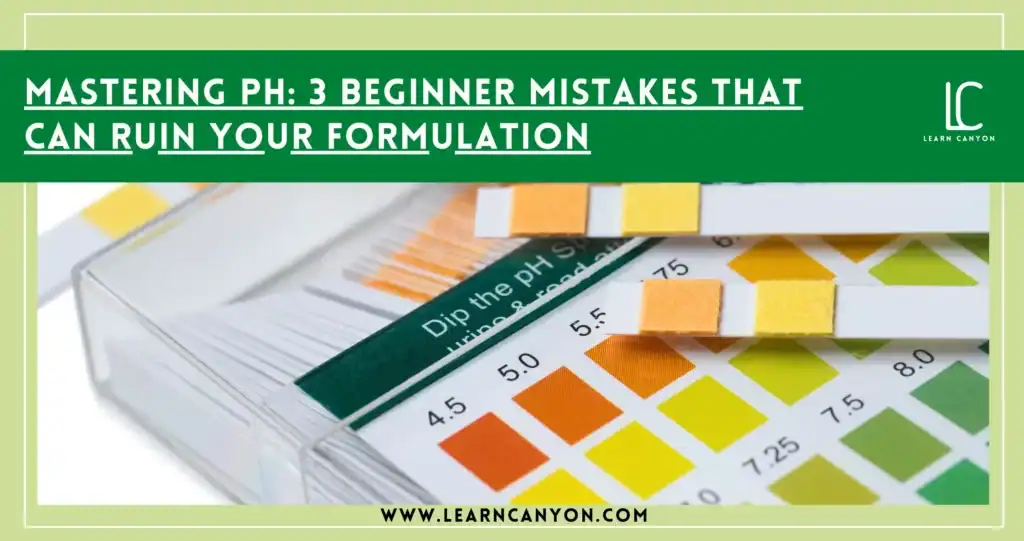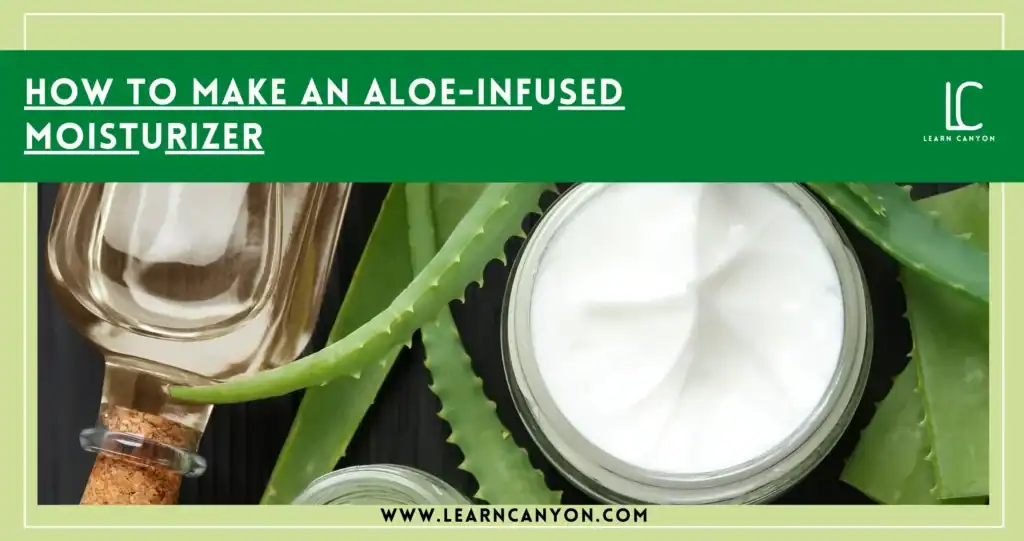Let’s be honest, when we think of skincare that soothes, hydrates, and heals, Skin With Aloe Vera almost instantly comes to mind. And there’s a reason for that. This humble succulent has stood the test of time, from ancient Ayurvedic texts calling it Kumari, the herb of youth, to modern-day labs bottling its gel in high-performance serums.
As a formulator, I’ve worked with countless plant-based ingredients, but Aloe Vera continues to earn its place in formulas meant for sensitive, dehydrated, or inflamed skin. It’s not flashy, it’s not exotic, but it works, and that’s what makes it gold in my books. Whether your skin’s recovering from sun exposure, struggling with breakouts, or simply craving a moisture boost, Aloe steps in like a calm, cool healer.
So today, let’s dive deep into what makes Aloe Vera such a skincare staple, and how you, as a conscious consumer or formulator, can harness its hydrating, healing magic. Trust me, your skin will thank you.
The Botanical Profile: What Makes Aloe Vera So Special?
Alright, let’s get to know this green, gooey superstar a little better. Aloe Vera (Aloe barbadensis miller) isn’t just some trendy succulent sitting on a windowsill, it’s a powerhouse of bioactive goodness that your skin absolutely loves.
The gel inside its fleshy leaves is rich in over 75 active compounds. Think polysaccharides (especially acemannan), enzymes, amino acids, vitamins (like A, C, E, and several Bs), and even a hint of natural salicylic acid. That’s a lot packed into one little leaf! These components are what give Aloe Vera its ability to hydrate deeply, soothe irritation, support wound healing, and even offer mild antimicrobial action.
From a formulator’s perspective, Aloe isn’t just a “feel-good” ingredient, it’s functional. It plays beautifully in water-based formulations like toners, gels, and mists, but also elevates emulsions by offering a gentle touch that calms the skin barrier. What I personally love? It’s one of those rare botanicals that works for every skin type, dry, oily, sensitive, acne-prone, or mature.
So, while it may look like a simple garden plant, Aloe Vera is anything but ordinary. It’s a skin whisperer, and trust me, the skin listens.
Hydration Hero:
Let’s talk hydration, the kind your skin drinks up and actually holds onto. That’s where Aloe Vera truly shines.
You see, Aloe is a natural humectant, meaning it draws moisture from the environment into the skin, much like our beloved hyaluronic acid. But here’s the twist, it doesn’t just sit on the surface and feel nice. Thanks to its unique polysaccharide profile, especially acemannan, Aloe actually helps bind that moisture to the skin while supporting the skin’s barrier function. So, it’s not just about the glow, it’s about real, lasting hydration from within.
As a formulator, I love pairing Aloe Vera with other hydrating ingredients like panthenol, glycerin, or rose hydrosol to create multi-layered moisture systems. Aloe acts as the soothing base, making everything else feel gentler and work better. And for anyone dealing with dry patches, flakiness, or skin that feels “tight” after washing, Aloe gives that instant sigh of relief.
In short? Aloe Vera doesn’t just quench thirsty skin, it trains your skin to stay hydrated. And that, my friend, is hydration with purpose.
Nature’s Soothing Agent: Aloe Vera for Skin Repair & Recovery
If your skin ever feels inflamed, irritated, or like it’s just been through something, Aloe Vera is the botanical hug it needs.
This isn’t just skincare fluff; Aloe Vera genuinely supports skin repair on a cellular level. It contains glycoproteins that reduce redness and inflammation, and polysaccharides that help stimulate skin regeneration. That’s why it’s such a go-to for burns, cuts, rashes, post-acne healing, or even after a chemical peel. It helps calm the storm and rebuild the barrier at the same time.
From a formulator’s perspective, Aloe is like that calming friend in a group project, it keeps things balanced, grounded, and moving forward. I often include it in recovery serums, post-sun gels, and soothing creams where the skin needs TLC without any added stress. Its natural enzymes and antioxidants also contribute to healing micro-tears and reducing oxidative damage, which is a bonus in any reparative blend.
What I love most? Aloe works with your skin, not against it. No drama, no harshness, just pure, plant-powered healing. So whether you’re treating inflammation or simply trying to restore your glow, Aloe is the recovery partner your skin’s been waiting for.
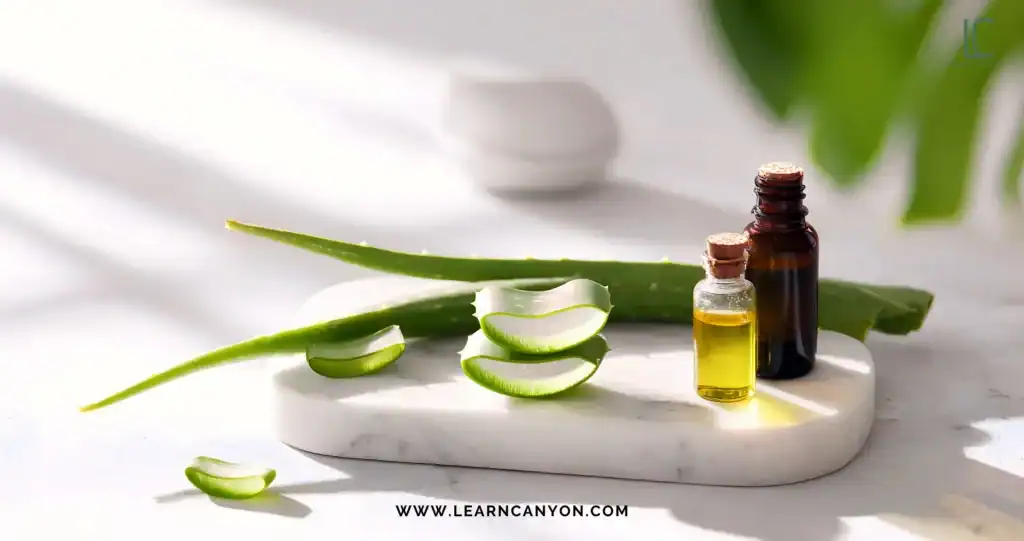
How to Use Aloe Vera in Skincare Formulations
Now that we know how amazing Aloe Vera is, let’s talk about how to actually use it in your skincare formulations, whether you’re a home DIYer or a professional crafting high-performance products.
First things first, you’ve got options. Aloe Vera comes in several forms: fresh gel straight from the leaf, Aloe Vera juice, Aloe powder (typically 200x or 100x concentrated), and even freeze-dried versions. For DIY lovers, fresh gel feels oh-so-authentic, but be cautious. It’s perishable and must be used right away or properly preserved. For professional formulations, I personally prefer the powdered extract or stabilized juice, it’s reliable, potent, and easy to work with when formulating at scale.
In water-based formulations like toners, mists, serums, or gels, Aloe acts as a soothing, hydrating base. You can use it anywhere between 5% to 100% depending on the product type and concentration form. In emulsions, I often blend Aloe with humectants like glycerin or panthenol, and pair it with calming botanicals like calendula or chamomile for a deeply nurturing effect.
One important tip? Always check the pH of your Aloe-based product. Aloe typically sits around pH 4.5–5.5, which is ideal for skin, but if you’re combining it with actives or preservatives, you’ll want to make sure everything plays nicely.
And if you’re blending it fresh at home? Keep it simple: mix it with rosewater and a touch of jojoba for a hydrating face mist, or combine it with honey and turmeric for a soothing mask. Just remember, fresh Aloe needs to be stored in the fridge and used quickly.
Whether you’re formulating in a lab or your kitchen, Aloe Vera is that versatile friend who fits in everywhere, and makes every blend better.
Formulator’s Insight:
Preserving Aloe & Getting the Best Results
Here’s the part many people overlook, preserving Aloe Vera properly. And trust me, as a formulator who’s worked with Aloe in everything from face mists to calming creams, I’ve seen what happens when this step is skipped. Spoiler alert: it’s not pretty.
Aloe, especially in its fresh or juice form, is a high-water-content ingredient. That makes it a perfect breeding ground for bacteria, mold, and yeast if not handled and preserved correctly. If you’re using fresh Aloe gel from the leaf, you must use it within 24–48 hours or freeze it into cubes immediately, and even then, it’s not ideal for long-term shelf-stable products. Great for DIY masks and quick fixes, but not professional formulations.
In professional skincare, we usually work with 200x or 100x concentrated Aloe Vera powder, which is reconstituted into the water phase and offers much better control over quality and stability. It’s easy to store, has a longer shelf life, and gives you consistent results. When using Aloe juice or rehydrated powder, always pair it with a broad-spectrum preservative. Options like Geogard Ultra, Liquid Germall Plus, or Preservative Eco work well within pH-compatible ranges.
Also, watch the pH! Aloe Vera is naturally acidic (around 4.5–5.5), which is great for skin, but your preservative needs to be effective at that pH too. I always recommend doing a microbial challenge test for any product with high Aloe content, especially mists, gels, and toners.
Bottom line? Aloe is incredible for the skin, but only if it’s clean, stable, and preserved the right way. Otherwise, that healing potion can turn into a microbial mess, and no skin deserves that.
Sample Formula: Aloe-Infused Cooling Facial Gel or Mist
Let’s bring all that Aloe magic into a formula your skin will absolutely adore! Whether you’re dealing with a hot day, post-sun skin, or just want that dewy, refreshed glow, this Aloe-Infused Cooling Facial Gel is a gentle, hydrating treat. Bonus? It’s beginner-friendly and pro-worthy!

Aloe-Infused Cooling Gel (100 g batch)
Phase A – Water Phase (95.5%)
| Ingredient | % | Function |
| Distilled Water (to 100%) | q.s. (~87.0%) | Diluent |
| Aloe Vera 200x Powder (reconstituted to 98% juice) | – (part of water content) | Soothing, hydrating |
| Rose Hydrosol | 3.0% | Calming, fragrant |
| Cucumber Extract (glycerin-based or water-soluble) | 2.0% | Cooling, refreshing |
| Glycerin (plant-based) | 3.0% | Humectant |
| Hydroxyethylcellulose | 0.5% | Gelling agent |
Phase B – Active Phase (1.5%)
| Ingredient | % | Function |
| Panthenol (Pro-Vitamin B5) | 1.0% | Humectant, soothing |
| Allantoin | 0.5% | Skin protectant, soothing |
Phase C – Cool-Down Phase (3.0%)
| Ingredient | % | Function |
| Peppermint Essential Oil (optional) | 0.2% | Cooling, refreshing scent |
| Preservative (Liquid Germall Plus or equivalent) | 0.8% | Broad-spectrum antimicrobial |
| (Optional) Menthol or Peppermint Hydrosol | 2.0% | Extra cooling (replace part of water if used) |
Process of Formulation
- Prepare Water Phase
- Weigh the total distilled water minus the percentage reserved for reconstitution of aloe vera powder.
- Dissolve aloe vera 200x powder into the water until fully reconstituted (follow supplier’s ratio, e.g., 0.5 g powder into 99.5 g water = ~100 g juice).
- Add rose hydrosol, cucumber extract, and glycerin. Mix until uniform.
- Weigh the total distilled water minus the percentage reserved for reconstitution of aloe vera powder.
- Disperse the Gel Former
- Sprinkle hydroxyethylcellulose into the water phase while stirring to avoid clumping.
- Allow it to hydrate fully (15–30 minutes, or overnight for best clarity). Gentle mixing helps form a smooth gel base.
- Sprinkle hydroxyethylcellulose into the water phase while stirring to avoid clumping.
- Incorporate Actives
- Once gelled, add panthenol and allantoin. Stir until completely dissolved and uniform.
- Once gelled, add panthenol and allantoin. Stir until completely dissolved and uniform.
- Cool-Down Phase
- Ensure the gel temperature is below 40 °C.
- Add preservative and peppermint essential oil (pre-dispersed in a solubilizer if you want completely clear gel).
- Mix slowly to avoid bubbles.
- Ensure the gel temperature is below 40 °C.
- Final Adjustments
- Check pH (target ~5.0–5.5). Adjust with citric acid solution if too high.
- Bottle in a pump or airless container to minimize contamination.
- Check pH (target ~5.0–5.5). Adjust with citric acid solution if too high.
Formulator’s Tip:
Want to turn this into a mist instead of a gel? Just skip the hydroxyethylcellulose and reduce the glycerin to 1.5% for a lighter feel. It makes a great toner or post-workout skin refresher!
This formula is calming, cooling, and oh-so-hydrating. Whether you’re a skincare DIYer or a pro adding Aloe to your lineup, this one’s a keeper. Let your skin sip on that soothing goodness.

Aloe in Ayurveda: The ‘Kumari’ Herb for Radiant Skin
Let’s take a moment to travel back, to ancient Ayurvedic wisdom where Aloe Vera was more than just a skincare ingredient. It was Kumari, the herb of eternal youth and feminine vitality. The name itself means “young maiden,” symbolizing freshness, purity, and rejuvenation. And honestly, isn’t that exactly what our skin craves?
In Ayurveda, Kumari is celebrated for its cooling, soothing, and Pitta-balancing properties. It’s used both internally and externally to promote clear, radiant skin, ease inflammation, and support detoxification. For those dealing with heat-triggered issues like acne, rashes, or redness, Aloe is considered a go-to dravya (herb) to calm the fire element in the body and on the skin.
As a formulator with deep respect for traditional healing systems, I love blending Ayurvedic knowledge with modern science. Aloe fits beautifully into that harmony. In Ayurvedic formulations, it’s often combined with herbs like Manjistha, Neem, or Sandalwood to treat imbalances and support long-term skin health. Its snigdha (moistening) quality also makes it ideal in anti-aging and vata-pacifying skincare blends.
What’s beautiful is that even though Aloe has now taken center stage in global skincare, its roots are deeply Ayurvedic. It’s not just a trendy gel, it’s a timeless healer that carries both the softness of nature and the strength of tradition. And as formulators, that’s the kind of ingredient we love to honor in our work.
Conclusion:
So there you have it, Aloe Vera in all its glory. More than just a gel we slap on sunburns, it’s a deeply therapeutic, multi-functional botanical that has earned its place in both Ayurvedic tradition and modern formulation labs. From boosting hydration to accelerating skin recovery, Aloe knows how to care for your skin gently, yet effectively.
Whether you’re blending up a quick DIY mist or formulating a professional-grade serum, Aloe Vera brings calm, clarity, and comfort to the skin like few ingredients can. It’s clean, it’s versatile, and most importantly, it works with your skin, not against it.
As a formulator, I see Aloe as more than just an ingredient; it’s a bridge between the earth and your skin, a reminder that the most powerful skincare often starts in nature. So go ahead, let your skin drink up the goodness of Aloe Vera. It deserves that kind of tender, intelligent care.

